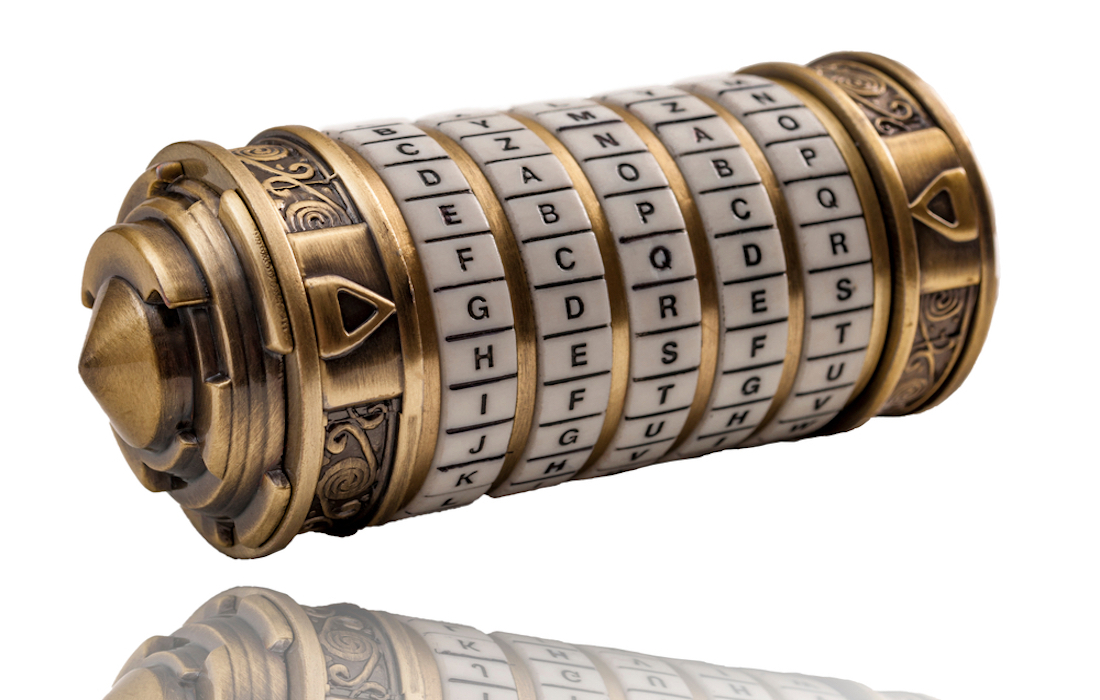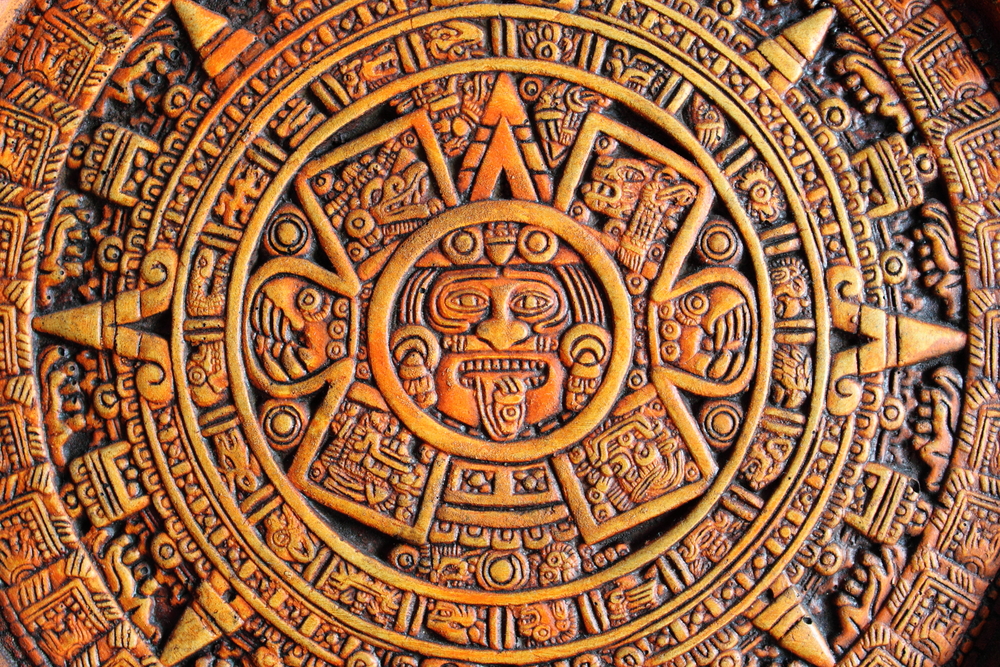Since ancient times, many people have relied on cryptography. Cryptography is the art of writing and solving coded messages to keep the secrets safe and secure. During the 5th century, messages were inscribed on a material made up of leather or paper and delivered by a human messenger. Nowadays, ciphers help secure our digital data as it zips through the internet. In the future, this may take another leap. While quantum computers are on the horizon, cryptographers are going around the power of physics to generate the most secure ciphers today.
Historic Methods
Cryptography is a word which is derived from the Greek words “Kryptos,” which means hidden, and “graphein,” which means to write. Instead of hiding or protecting a message physically from the enemy’s sight. Cryptography allows two parties to communicate in plain sight but in a language that any opposition party can’t read or understand.
To encrypt a message, the sender must manipulate the content using some algorithm. The original message may be scrambled so that its letters might be replaced with another. The resulting gibberish is known as ciphertext, according to Crash Course Computer Science.

Cryptography in the age of the internet
The goal of cryptography in the digital era remains the same i.e. to prevent information exchanged between two parties being taken away by an opponent. Computer experts often refer to the two parties with the name, “Alice and Bob.” These two names were the fictional entities introduced in a 1978 article describing a digital method of encryption.
All sorts of applications make use of encryption to keep our data safe, including CC numbers, medical reports and cryptocurrencies like Bitcoin. Blockchain, a technology on which Bitcoin works, connects hundreds of thousands of computers via a distributed network and uses cryptography to protect the identity of each user and maintain a log of their transactions which is permanent in nature.
The introduction of computer networks brought a new problem: if Alice and Bob are located on different sides of the world, how would they exchange a secret key? According to Khan Academy, public-key cryptography emerged as a solution. The public key cryptography takes advantage of one-way functions i.e. math that is easy to perform but difficult to reverse without some information. Alice and Bob exchange their ciphertext and a public key under Eve’s watchful gaze, but each keeps a private key to themselves. By applying both private keys to the cipher text, the pair has the solution.
A Quantum Leap
Nowadays, cryptographers are turning towards quantum physics in search of an unbreakable cipher. Quantum physics demonstrates the strange behavior of matter at incredibly small scales. During the 1970s and 1980s, some physicists started using this groovy property to encrypt secret messages, a method now known as “quantum key distribution.” Artur Ekert, an Oxford professor and director of the Centre for Quantum Technologies at the National University of Singapore told Live Science, “If there is a quantum computer, existing cryptography systems, including those that underpin cryptocurrencies, will no longer be secure. Ekert further added that “We don’t know when they will be built — we had better start doing something right now.”










